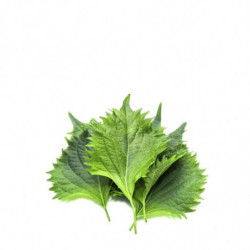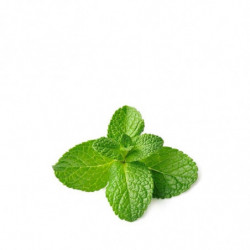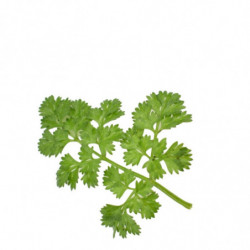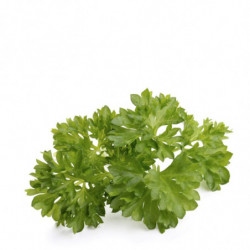Benefits of Marjoram
Marjoram is an aromatic plant also known as sweet marjoram or marjorama. It belongs to the Lamiaceae family, just like oregano, with which it shares a great resemblance both in appearance and aroma. It is commonly used as a seasoning in cooking, especially in Mediterranean cuisine, and also has multiple medicinal and cosmetic properties. From a culinary point of view, marjoram can be used fresh or dried to flavor and enhance the taste of various dishes, such as soups, stews, sauces, salads, meats, fish, cheeses, or eggs. Its taste is sweet and slightly spicy, with a hint of lemon and pine. It combines well with other herbs such as thyme, rosemary, or bay leaf. From a historical point of view, marjoram originates from the eastern Mediterranean and western Asia, where it has been cultivated since ancient times. The Egyptians used it to embalm their dead, the Greeks associated it with Aphrodite, the goddess of love, and the Romans considered it a symbol of happiness and harmony. In the Middle Ages, it was used to ward off evil spirits and protect against diseases. From a healthy point of view, marjoram has many benefits for the body. It is rich in essential oils (terpinene, origanum, sabinene), tannins, flavonoids, phenolic acids, and vitamins (A, C, and B group), among other components. These nutrients give it properties such as:
- Antispasmodic: relieves muscular, menstrual, and stomach pains.
- Digestive: promotes digestion and prevents gas, nausea, and constipation.
- Antiseptic: fights bacterial and fungal infections of the skin, respiratory tract, and urinary tract.
- Anti-inflammatory: reduces inflammation and redness of wounds, stings, or skin irritations.
- Antioxidant: protects against free radicals and prevents cellular aging.
- Sedative: calms nerves, stress, and insomnia.
From an agricultural point of view, marjoram is a perennial plant that can reach up to 60 cm in height. It has woody, branched stems covered with oval, opposite, and whitish leaves on the underside. Its flowers are small and white or pink, grouped in terminal spikes. Its seeds are dark, rounded nutlets. Marjoram requires a temperate and sunny climate to grow well and prefers fertile soils.























